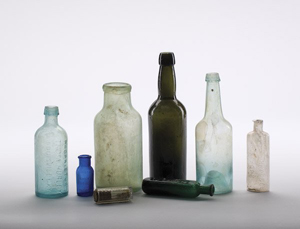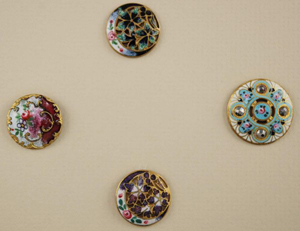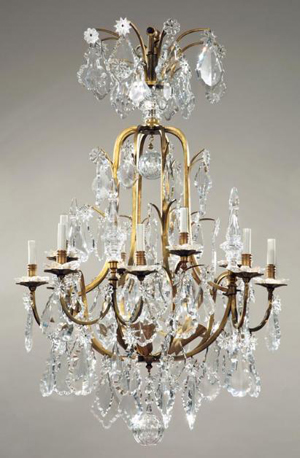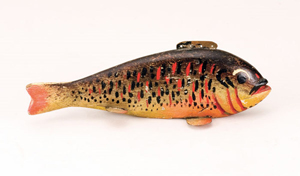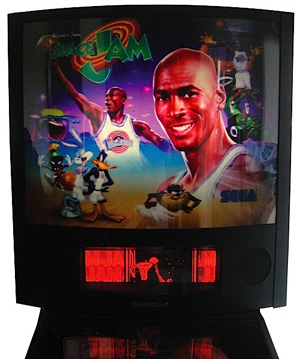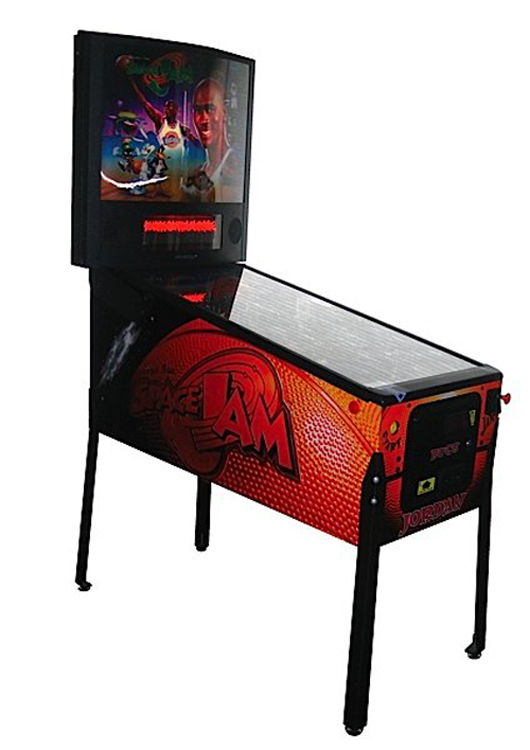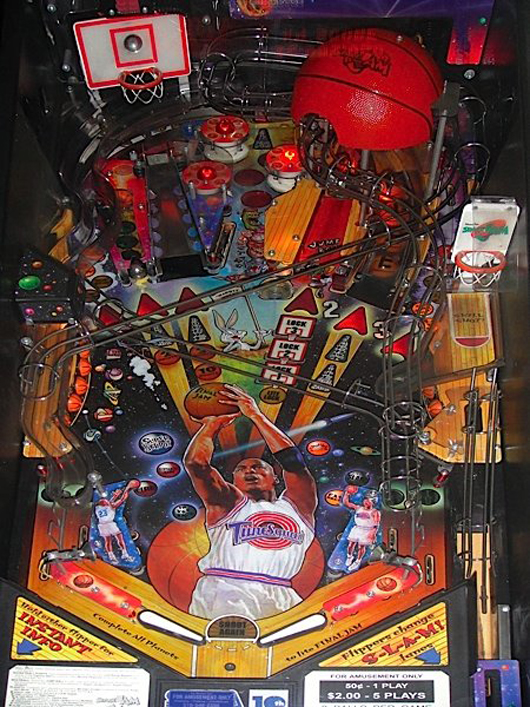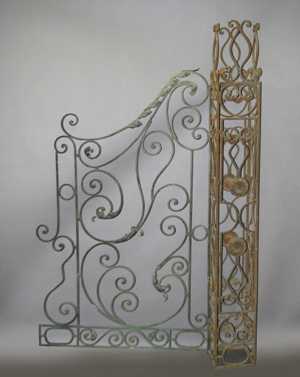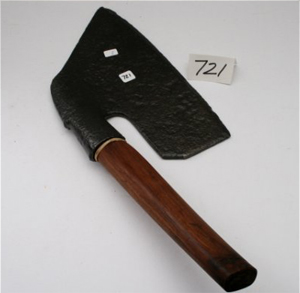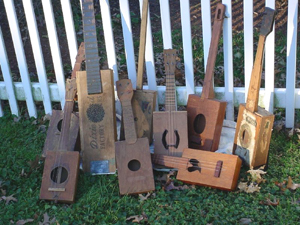
WALLA WALLA, Wash. (AP) – For his pay-the-mortgage job, Kurt Schoen flies cargo for UPS.
For his live-the-dream work, the Walla Walla man drives to a somewhat-secret location to play a different sort of tune.
Schoen, 44, has been creating custom, “cigar-box” guitars for nearly a decade. His tools consist of old wood, glue, antique metal and more old wood.
“You see this piece?” he asks, selecting a length of rugged lumber. “This wood is from New Orleans, from homes that didn’t make it through Hurricane Katrina.”
Running his hand gently over the wide plank, Schoen (pronounced “shane”) explains the wood originally came from a barge that brought supplies down the Mississippi River once upon a time.
The primary stars, however, are the wooden boxes sitting here, there and everywhere in the ramshackle workshop. Those will eventually become the bodies of Schoen’s signature instruments.
Little did he know back in 2001 that a project for his kids would become an abiding love. In hopes of inducing daughters Cheyenne and Daisy to become interested in music, Schoen took a couple of cardboard cigar boxes, ran a stick through and attached a pair of guitar strings to each. “They were not much,” he recalled with a laugh.
Enough, though, to ignite a desire to keep going.
Schoen began experimenting with wooden cigar boxes, then wondered just how nice he could make the homemade instruments, he said.
Eight years, countless experiments and hours of research later, he has his answer _ nice enough to make his creations sought after by unknown and renowned musicians alike. And not just cigar-box guitars, but handmade electric guitars, as well.
He calls the cigar-box instruments, outfitted with hand-punched aluminum resonator cones, “Turbo Diddley” after the Diddley bow homemade instruments significant to blues history.
Cigar-box music is, like the wood it comes from, going to be a little “rough around the edges,” Schoen noted. “Cigar-box guitars have really come to mean homemade instruments. Cigar-box music is not going to sound all that well produced.”
It shouldn’t. The guitars produce rich, thickly complex twangs of tonal layers. And although Schoen claims not to play guitar, his fingers say otherwise as he strums chords.
Now the special guitars are everywhere, from Billy Gibbons of ZZ Top to Andy Summers of The Police fame. Prices for the one-of-a-kind instruments, which take up to 120 hours to build, range from $1,500 to $5,000.
With some famous hands on his strings, Schoen started getting order after order, many of those repeat customers. He also began using other wooden boxes, like the Black &White Scotch whiskey box he is scraping clean. The age of the wood is an important factor in the resonance, he explained.
Schoen finds the old-growth boxes mostly on eBay. He also buys old suitcases for the aged hardware and hunts down steamer trunk keys to use as tuners, he said.
“You don’t want something new on something that looks old.”
On this day, guitars No. 98, 99 and 100 await completion. Then comes the hard part, shipping off the finished project.
“It’s like sending a child off to college,” Schoen said. “You’ve put so much of yourself into it … wondering how it’s doing. I need to know this instrument has met the mark.”
The best gift the guitars offer their owners is accessibility, Schoen said. “The whole reason to make it visually exciting is to entice the owner to pick it up and play with it.
“It’s non-threatening. It’s a cigar box. How approachable is that? It’s something you saw in Boy’s Life magazine growing up.”
And that brings Schoen’s music theory full circle – people need music, and music equals people, he said.
“The great thing about what I do is the relationships with people.”
___
Information from: Walla Walla Union-Bulletin, http://union-bulletin.com.
Copyright 2009 Associated Press. All rights reserved. This material may not be published, broadcast, rewritten, or redistributed.
AP-WS-11-06-09 1510EST


